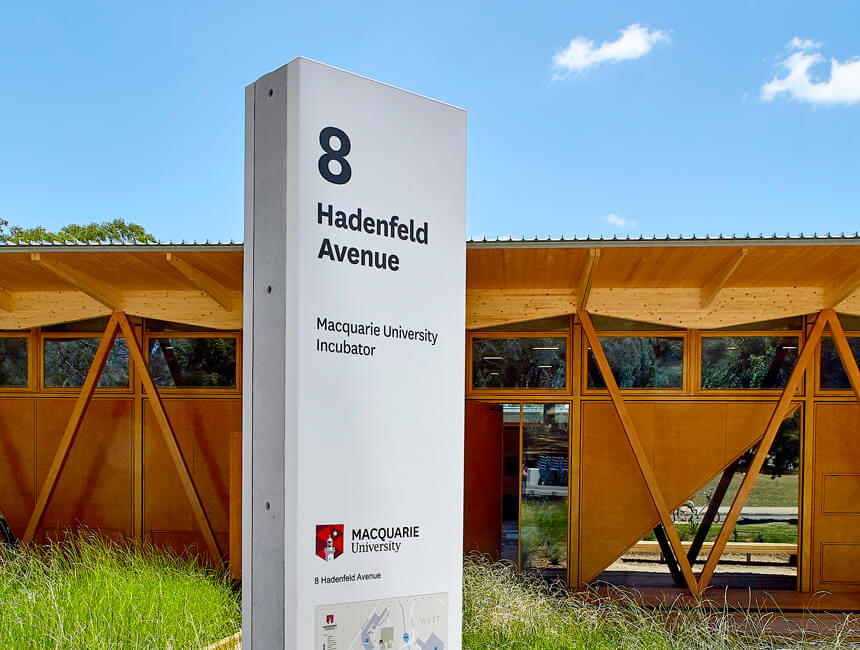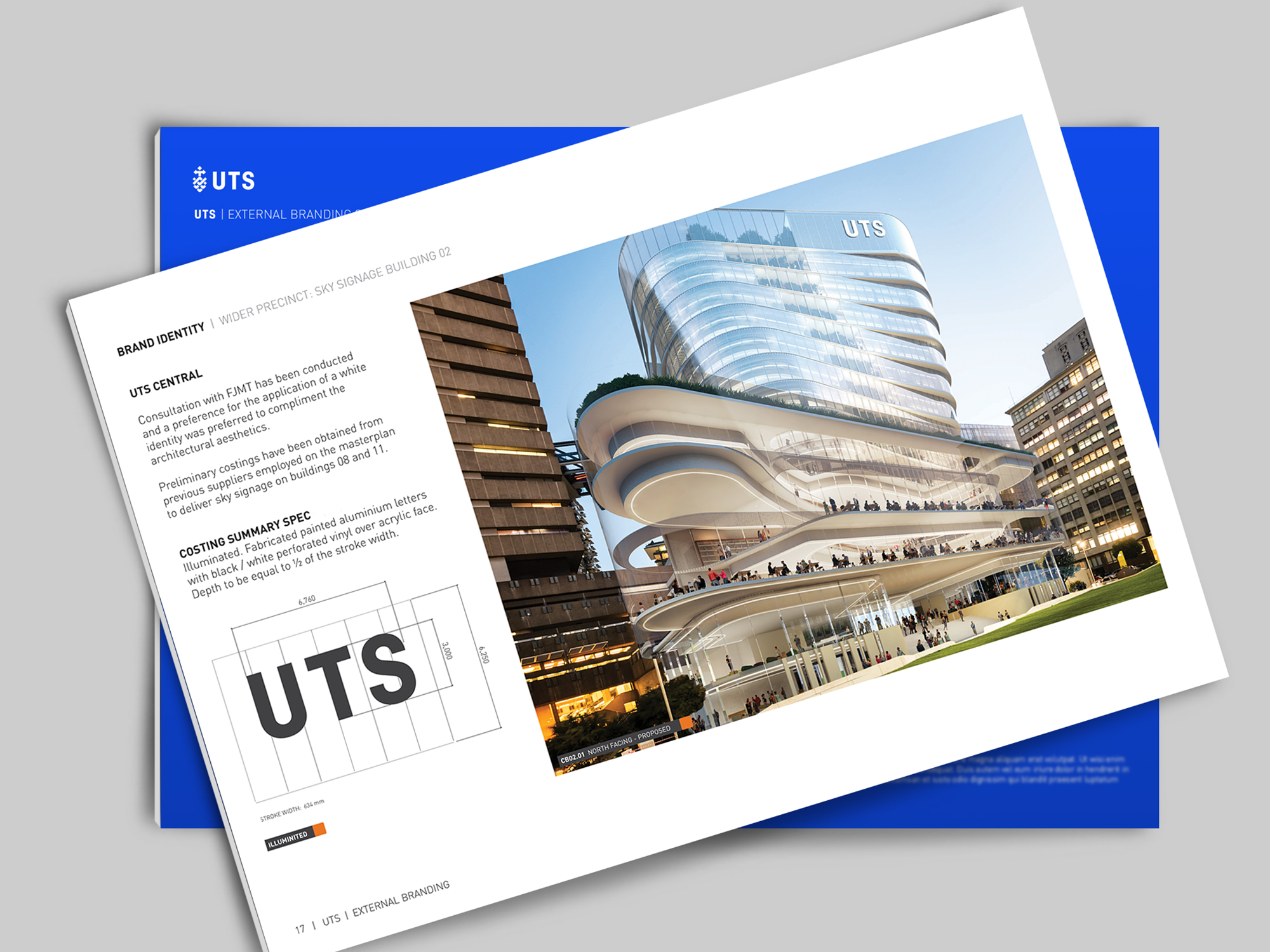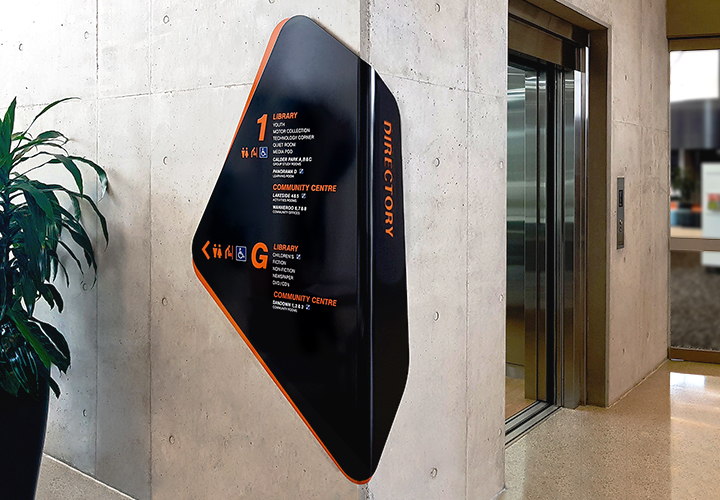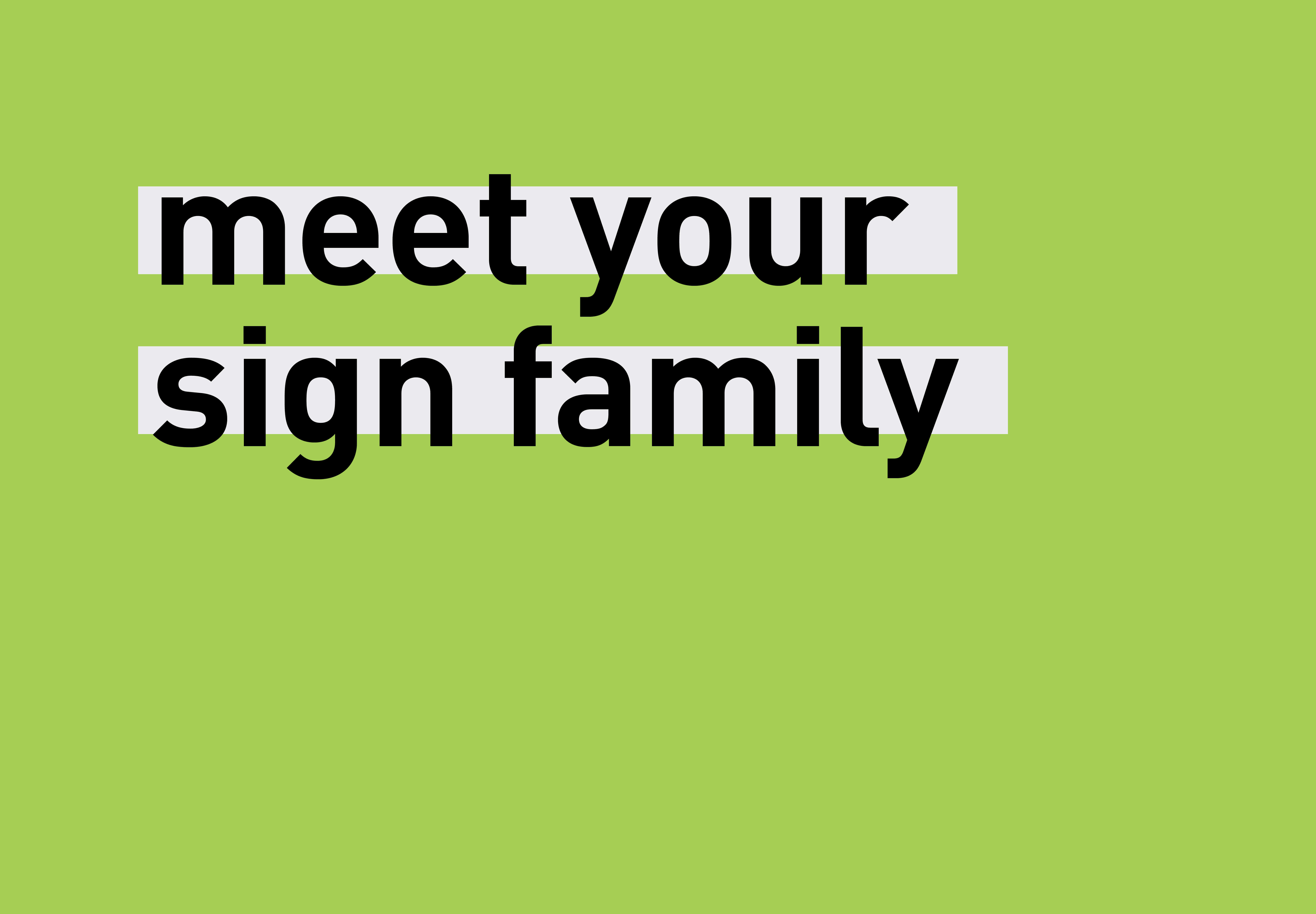There are people who wax lyrical about the intricacies of signage schedules, arrow types and regulatory symbols – and others who are baffled by these terms.
If you fall into the latter category, you might find this guide helpful!
One of many design services we offer at BrandCulture is wayfinding masterplanning. We often create signage manuals to inform how signage is designed and installed at complex built environments, from entire precincts to large university campuses and hospitals.
If more people are losing their way around your built environment, or complaining about the quality of your signage, chances are you need a signage manual of your own.
Signage Manuals vs. Signage Masterplans: What’s the difference?
Signage Manuals will assist you in the selection, manufacture and graphic design of signage throughout your environment. They’re designed to guide others in your team so that whenever new signs are added, they adhere to the same style, are legible, and reinforce your brand identity.
Signage manuals contain a variety of graphic layouts covering all the signs you’re likely to need within your space. Collectively, we call these your ‘sign family’.
It’s important to note that Signage Manuals are different to Signage Masterplans. A Signage Manual contains all the templates that make up one big happy sign family. A Signage Schedule is simply a list of all the different sign types and the codes that go with each sign. A Signage Masterplan uses building plans to mark up sign locations, using sign codes from your Signage Schedule to indicate sign types.
Meet your sign family
Here are some of the signs that you’ll find in any good sign family:
Identification Signs
These signs identify places and destinations. They’re the signs that tell you when you’re arrived at a new precinct, building, park or place. (Remember, they don’t have to be signs. They might be sculptural and three-dimensional, or use digital projections or screens to create a sense of arrival.)
Building signage plays a vital role in branding destinations and giving places a distinct spatial identity. It should always be welcoming, and present your brand in the best possible light.
Directional Signs
These signs direct visitors to places and destinations. Directional signs contain Arrow Zones at the left or right ends, and Message Zones for wording. Directories are more detailed, listing places, destinations and maps. Direction signs are typically used at the intersection of two or more paths of travel. They come in all shapes and sizes, from freestanding signs to totems and digital directories.
Back of House / Operational Signage
These signs identify Back of House destinations for staff.
Front of House Signage
These signs are visible to everyone who visits your environment, so the branding must reinforce your identity. Consistency is vital.
Regulatory / Statutory Signage
These signs are required in accordance with national building regulations. They alert visitors to emergency exits, fire hydrants, hazardous areas, amenities and lifts.
Pictograms
Pictograms are symbols that operate as shorthand for words, ideas or objects. The beauty of symbols is they say a lot with very little, transcending words, languages, locations and cultures. They can be incorporated into signage, or painted or adhered directly onto walls.
Tactile Signage:
These signs incorporate raised dots or symbols to enable touch-reading for visually impaired visitors.
Digital signage
Digital wayfinding encompasses everything from touch screens to digital directories, interactive totems and kiosks, signs embedded with NFC, QR codes or RFID tags, augmented reality navigation and beacons, and video walls. It can be used to provide information in multiple languages, give audible directions for the visually impaired, or add joy and texture to public spaces. Digital signs can also be updated in real-time.
Of course, there are a lot more sign types but the ones listed above are a good place to start. It’s important to be aware of regulations guiding the design of signs, from the Building Code of Australia to the Disability Standard and the Occupational Health and Safety act.
Remember, wayfinding encompasses an entire environment and it goes beyond navigation. Sight, sound, touch and smell can all be wayfinding cues in the right context. To do it right, it’s a real collaboration.




